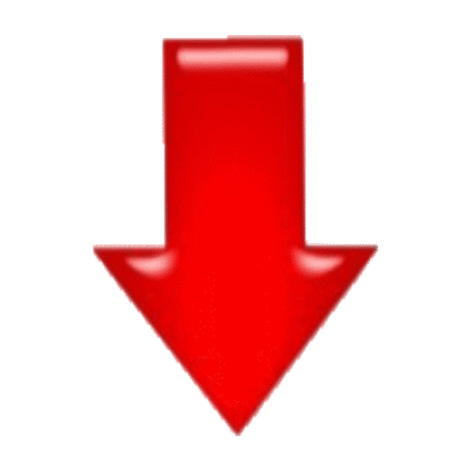Abstract :
Background and Purpose: A stroke (cerebrovascular accident) is damage to the brain cells from an interruption of their blood supply due to blockage or rupture of an artery to the brain. It is the second-leading cause of death and long-term disability worldwide. The present study is a case report investigating the effect of yoga therapy in addition to acupressure and physiotherapy on activities of daily living and the quality of life of patients after stroke.
Subject and method: It is a single case study of 38-year-old women diagnosed with acute ischemic stroke who have chief complaints of loss of function of the left upper and lower limbs, and hypertension. For better management of stroke and recovery, she was undergoing yoga, physiotherapy, and acupuncture treatment in the CAM department at DSVV. The primary outcome measures were activities of daily living by the Barthel index and quality of life by the stroke-specific quality of life scale. The subject received integrated treatment for 12 weeks consisting of 45-minute, 1-hour yoga sessions 6 days a week, regular physiotherapy in the subject’s home, and acupuncture every 2 weeks. The primary outcome data were collected before and after the treatment intervention phase.
Result: The subject had improved Barthel’s activity and quality of life score.
Discussion and Conclusion: The results suggest that yoga integrated with other complementary therapies may be beneficial to stroke survivors in rehabilitation.
Keywords :
acupuncture, CAM, Physiotherapy, Quality of life., rehabilitation, stroke, YogaReferences :
- Johnson W, Onuma O, Owolabi M, Sachdev S. Stroke: A global response is needed. Bull World Health Organ 2016;94:634.
- Murray CJ. Global Health Statistics: A Compendium of Incidence, Prevalence and Mortality Estimates for over 200 Conditions; 2012.
- Johnson, W., Onuma, O., Owolabi, M., & Sachdev, S. (2016). Stroke3 Swartz R. H., Bayley M., Lanctot K. L., et al. Post-stroke depression, obstructive sleep apnea, and cognitive impairment: rationale for, and barriers to, routine screening. International Journal of Stroke. 2016 doi: 10.1177/1747493016641968. [PubMed]
- Pandian, J. D., Toor, G., Arora, R., Kaur, P., Dheeraj, K. V., Bhullar, R. S., & Sylaja, P. N. (2012). Complementary and alternative medicine treatments among stroke patients in India. Topics in stroke rehabilitation, 19(5), 384–394. https://doi.org/10.1310/tsr1905-384
- Yuan, S., & He, Y. (2019). Effects of physical therapy on mental function in patients with stroke: Https://Doi.Org/10.1177/0300060519861164, 48(2), 1–6. https://doi.org/10.1177/0300060519861164
- Cao, Ning, Nguyen, Brian; Li, Stephani, Lamba, Richa,Hafner, Ryan, Li, Sheng,(2020) An Overview of Acupuncture in Stroke Recovery: A Narrative Review. The Journal of the International Society of Physical and Rehabilitation Medicine 3(3):p 80-86, DOI: 10.4103
- R. M. Goyeche, “Yoga as therapy in psychosomatic medicine,”PsychotherapyzPsychosomatics,vol.31, no.1–4,pp. 373–381,1979
- Feuerstein G. Toward a definition of yoga therapy. International Journal ofYoga Therapy. 2000;10:5–10.
- Ross R. Yoga as a therapeutic modality. In: Weintraub MI, ed. Alternative and Complimentary Treatment in Neurological Illness. Philadel-phia, Pa: Churchill Livingstone Inc; 2001:75–92.
- Jasti, N., Reddy, A. V., Ramakrishna, K. K., Bhargav, H., & Kulkarni, G. B. (2022). Role of Yoga in Stroke Management: Current Evidence and Future Directions. In The Principles and Practice of Yoga in Cardiovascular Medicine (pp. 253–265). Springer Nature. https://doi.org/10.1007/978-981-16-6913-2_20
- Schmid AA, Miller KK, Van Puymbroeck M, DeBaun-Sprague E. Yoga leads to multiple physical improvements after stroke, a pilot study. ComplementTher Med. 2014;22(6):994–1000.
- Marshall RS, Basilakos A, Williams T, Love-MyersK.(2013) Exploring the Benefits of Unilateral Nostril Breathing Practice Post-Stroke: Attention, Language, Spatial Abilities, Depression, and Anxiety. J Altern Complement Med .20(3):185–94.
- Immink MA, Hillier S, Petkov J. Randomized controlled trial of yoga for chronic poststroke hemiparesis: motor function, mental health, and quality of life outcomes. Top Stroke Rehabil. 2014;21(3):256–71.
- Paranjape AA, Gore A. To study effects of yoga therapy on balance in post stroke hemiplegic patients. Int J Health Sci Res. 2019; 9(7):135-143.
- Hogan, B.E. (2016). The effectiveness of yoga therapy on an adult, post-stroke population: A systematic review. Kevin and Tam Ross Undergraduate Research Prize. Retrieved from http://digitalcommons.chapman.edu/undergraduateresearchprize/14


